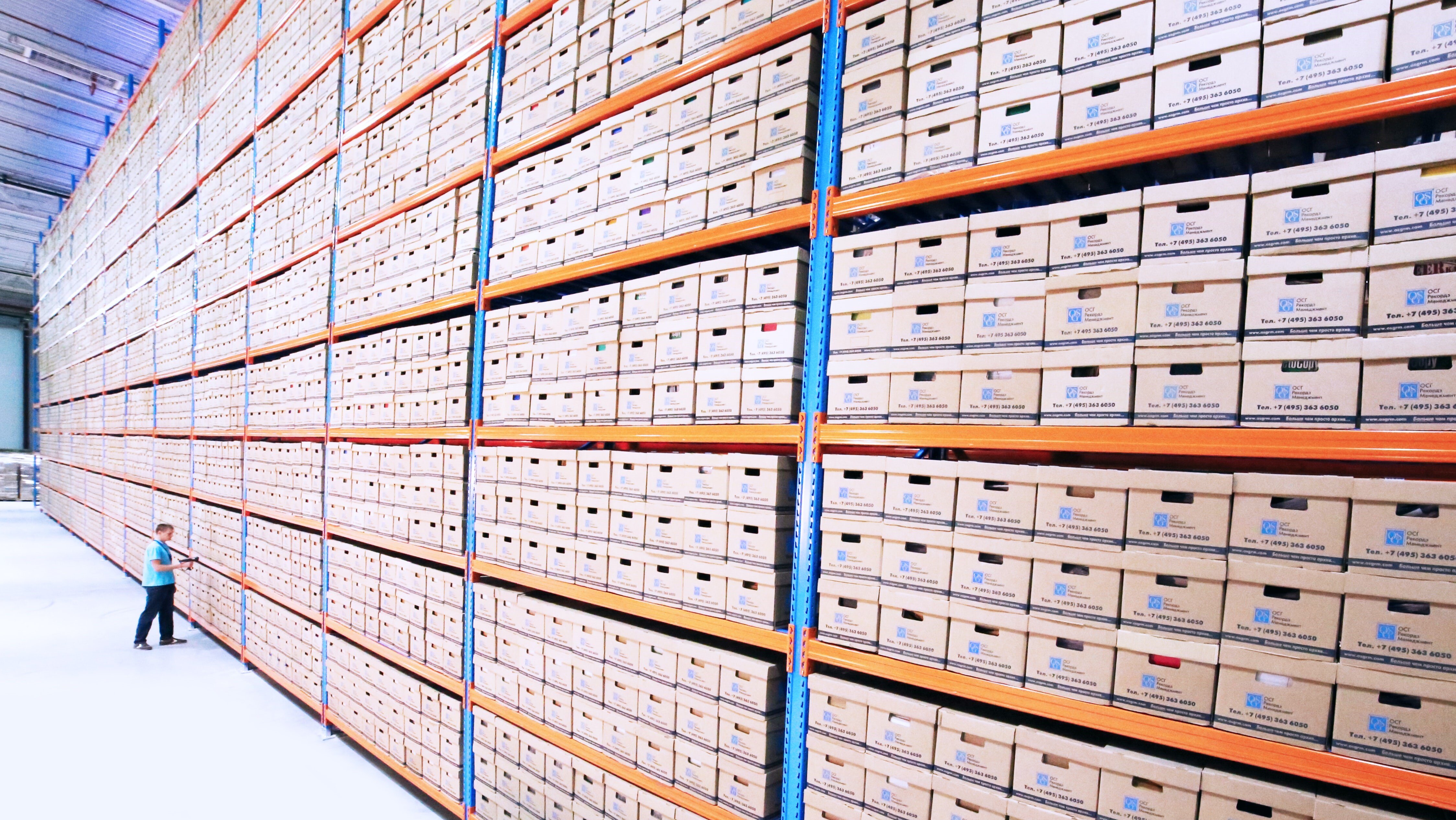
Full Accountability, Down to the Last Piece
Control every piece of your inventory with your eyes wide open with MASS Group's comprehensive TME® Warehouse and Inventory Management system (WMS).
Accurate. Efficient. Fast.
Get real-time visibility of your raw materials, spare parts, and finished products to make informed procurement decisions and remain in compliance with GAAP and IRS regulations. Our complete WMS allows you to conduct inventory cycle counts in 50%-70% less time and gain optimal storeroom organization.

Gain the Accountability You Need.
Avoid Costly Production Delays
Get customized alerts and reports when inventory reaches critical levels so you never get stuck with too much or caught with not enough.
Improve Regulatory Compliance
Ensure you remain compliant with GAAP and IRS requirements with a fast and accurate way to perform your physical inventory reporting.
Centralize and Control Your Orders
Have a single, centralized platform to create orders and receive items. Ensure your requisition and receiving reporting is accurate, 100% of the time.
Why TME® WMS is Different

Easy to Set Up
No coding, specialized team or equipment required. TME® WMS integrates with your current systems to make them smarter, almost instantly.

Easy to Scale
Start with TME® WMS and add modules as you need to get the gold-standard, end-to-end MES for full insight into your operations.
Helping Organizations Reach their Full Potential
22%
Average increase in yield
(alongside other contributions)
25+
Years of experience of successful WMS implementations
3x
Average production increase when going from R&D to full production
12+
Years with Top Secret Security Clearance
Explore the Modules that make up our Full TME® MES
Relationships that Stand the Test of Time
Discover why our customers have trusted MASS Group for decades.
“By partnering with companies like MASS Group, we were able to ramp up production from 5,000 to 25,000 parts per month. TME® gives us the ability to manage many aspects of our manufacturing processes by using KPIs to detect and correct in process anomalies quicker, dramatically reducing defect and scrap rate.”
Vice President and Chief Logistics Officer Moxtek, Inc.
Read the Case Study“By far and large, TME® has been very impactful for us. TME® has been very responsive, solutions-oriented, and helpful in getting us up to speed. The level of customer service and experience that was provided to any questions we had or problems we faced has been exceptional.”
Production Manager 3DGS, Inc.
Read the Case Study“The support from you and your team has been excellent. We are already starting to leverage the improved reporting capabilities in TME®. Using spare parts tracking in TME® will significantly improve our ability to track and trend spare parts usage.”
Manufacturing Associate VP Aligent Technologies, Inc.
Read the Case Study“As a longtime customer of TME®, our company loves the ease of access and usability of the TME® software. The system is user-friendly, flexible and provides valuable tools for monitoring PMs, service requests and overall monitoring of machine maintenance throughout our operations.
TME® has helped our company improve our machine tool uptime through the implementation of predictive maintenance and several reporting tools.”
Project Manager Moog, Inc.
Read the Case StudyBuilt for Rapidly Changing Industries
With customers spanning semiconductor manufacturing to aerospace & defense to automotive, we know what it takes to power your industry.
Semiconductor
Learn why our platform is built for the unique demands of the fiercely competitive semiconductor industry.
Learn More
Aerospace & Defense
See how our solution lives up to the rigorous regulations and complex workflows of both aerospace and defense.
Learn More
Federal Government
Discover why we’ve earned Top Secret Security Clearance to serve the federal government and intelligence community.
Learn More
State & Local Government
Learn how we support state & local governments with their law enforcement and intelligence needs.
Learn More
Dedicated to Evolving Your Operations with You
We were built by and for critical industries, and we continue to evolve to meet their new challenges.

Start Taking Decisive Action
Find out how you can supercharge your systems and empower your people to make smart decisions. Talk to one of MASS Group's experts today.

